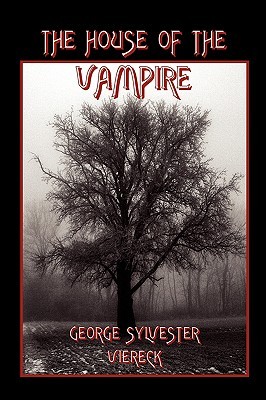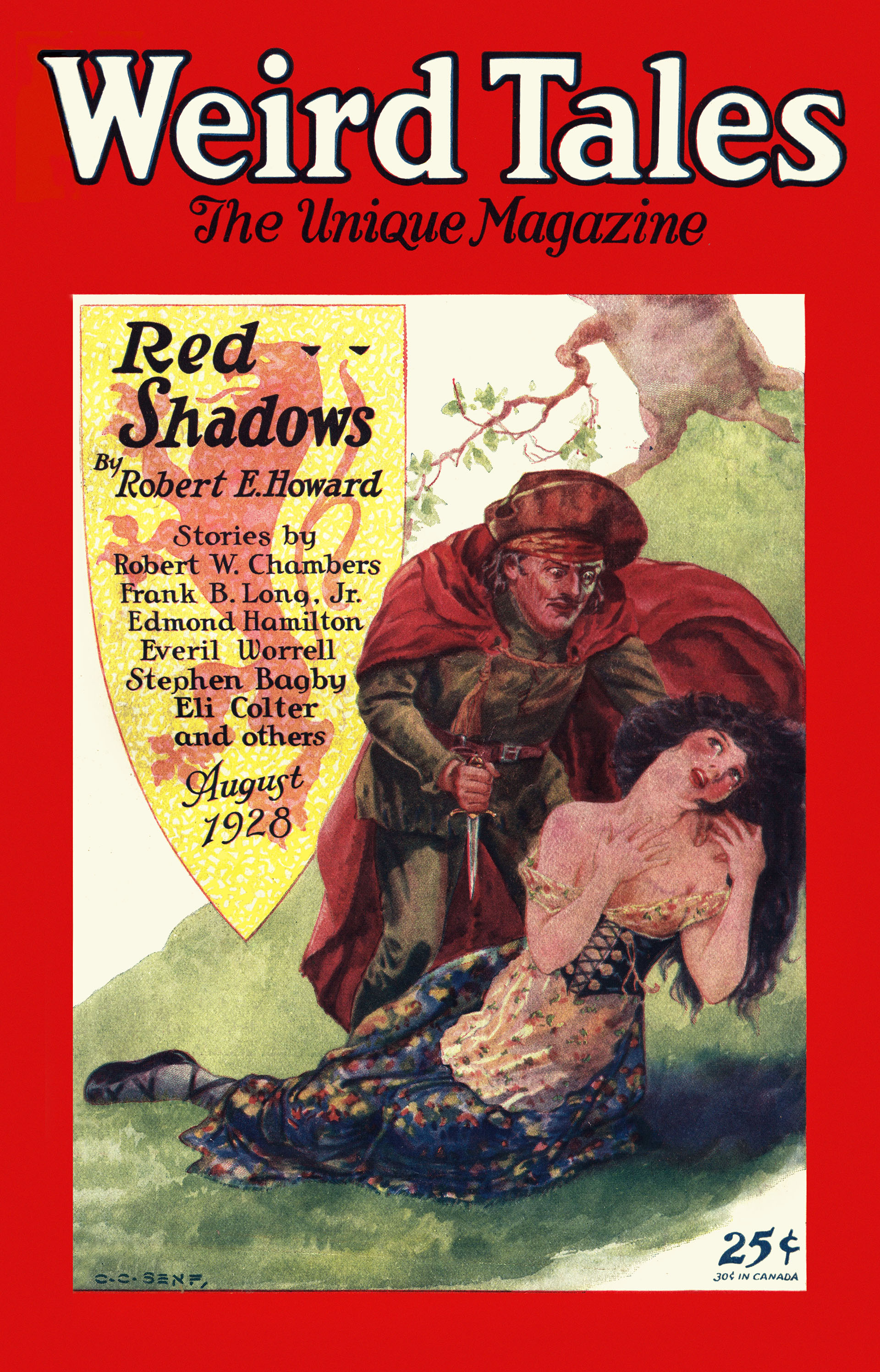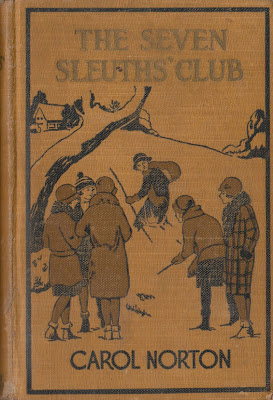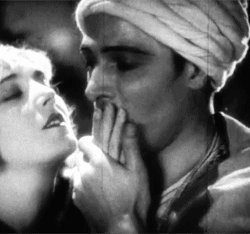 Original Publication Date
Original Publication Date: 1919
Genre: romance, adventure
Topics: sex, power, exoticism
Discussion by heidenkind and Anachronist from Portable Pieces of Thought:
Diana Mayo is a frigid, rich, spoiled noblewoman who was raised by her brother and has always done more or less exactly as she pleased. When her brother plans to go to America for some heiress shopping, she decides she'd rather take a trip through the desert, on her own, with no protection aside from an Arab guide. Of course the Arab men carting her stuff around the desert aren't as amenable to her telling them what to do as her brother was (and he wasn't), and before you know it she's been kidnapped by a sheik. But on the plus side, at lease he's rich and handsome!
I had many feels about
The Sheik, so I asked Anachronist from one of my favorite book blogs,
Portable Pieces of Thought, to help me discuss it here, since I was curious about what her thoughts would be. Read on!
Did you like the book?
HEIDENKIND: Like is a strong word. lol My feelings about this novel are actually kind of all over the place. On one hand I disliked it but on the other hand I found it interesting. And parts of it were entertaining. I don’t know. It’s not something I’d want to read again, but I am weirdly glad that I read it because I feel like I know something now. But I’m not sure what the thing is.
ANACHRONIST: ‘Like’ is rather a wrong word here. I agree it was an interesting book, I am really pleased I read it because it made me understand so many romance trends still floating around, repeated and recycled over and over again. It is, I believe, an important book, like a landmark. Would I like to read it again? No. Would I like to read any other Hull romances (this one was the first of the series)? No. Some aspects of it were outrageous, some were simply silly and unreal and it left me frustrated.
The Sheik has been called the first modern romance novel. Agree or disagree?
HEIDENKIND: It’s definitely not what I would consider a romantic novel, but I can see parallels between it and a certain type of romance that was popular in the ‘70s and early ‘90s, where the hero rapes the innocent heroine and then they fall in lurve. A type of romance novel that I HATE, by the way. On the other hand, Diana is a much different heroine than you see in those types of novels. Usually they feature innocent young girls down their luck; Diana is a rich bitch who thinks she’ll always get her own way.
ANACHRONIST: Modern romance novel? No way. What about
The Taming of the Shrew? I know, it is a play but still it features a cock-sure, aggressive alpha male who has to tame an assertive, independent female by showing her the right place. True, they get married first but overall the formula seems to be the same.
Was EM Hull the EL James of her time?
HEIDENKIND: I can see some similarities. Not necessarily the completely-stealing-a-plot-from-another-author similarity (although maybe Hull did, who knows), but I was reminded of Fifty Shades a lot while reading this book. They both portray sex as a game of domination and submission, with the woman in the submissive position. Way to twist gender stereotypes. /sarcasm
ANACHRONIST: Mrs. Hull definitely created a stir with her novel similar to 50 Shades but actually her success was more flamboyant.
The Sheik, was first published in England in 1919 and quickly became an international blockbuster. They sold over 1.2 million copies worldwide and then some, especially after the film adaptation with Rudolph Valentino in 1921.Within the first year of its release, that movie exceeded $1 million in ticket sales and helped to solidify Valentino's image as one of the first male sex symbols of the screen. I suppose E.L. James would love to follow that kind of success but I would hate to see it repeated.
Wikipedia says The Sheik is the, “depiction of a strong, self-sufficient woman being tamed and subdued by a man who rapes her repeatedly.” Do you agree with this statement?
HEIDENKIND: Diana is certainly raped all through this novel and not just by Ahmed; but I don’t agree that she’s a strong woman, and I don’t think she was subdued, I think she was psychologically obliterated. I think she was all bluster and pride, but she had been pampered all her life and had nothing to shore up her self-identity when she lost everything: no faith, no loving family, no purpose or accomplishments. There’s that line she feeds to her brother before she leaves, “I will do what I choose when and how I choose, and I will never obey any will but my own.” That’s challenging the gods, girlfriend, and you’re about to get whacked. She doesn't even have the foresight to take reasonable precautions when she goes on a trip by herself to a place that’s not exactly Disneyland. Diana sets out a journey arrogant and conceited and the world ground that all down to dust, as it does. Kind of like the
Odyssey, actually, only if Odysseus got Stockholm Syndrome and never made it home.
ANACHRONIST: I completely agree that Diana is hardly strong or self-sufficient to begin with. Yes, she is financially independent, yes, she flaunts her disregard for social proprieties wearing trousers, smoking publicly, rejecting suitors left right and centre. Still she is just a brat - without brains, imagination or at least a healthy dose of self-preservation.
You mentioned already challenging the gods which is the very idea that came to my mind as well; I think Diana also was attention-seeking, immature girl who loved challenging the society at large. In my opinion she did so because she didn’t know how to express her frustrations connected to the age of puberty and a transformation into an adult woman better. I suppose she emulated Diana/Artemis, the virgin goddess of hunt, but she has forgotten about getting some backbone in the process.
Funnily enough, with her ‘liberated’ attitudes Diana was scaring all those ‘civilised’ men around her to death (or maybe they were just too lazy or too stupid?) until Ahmed saw her, understood and accepted her challenge. Mind you he did so only for his own selfish reasons and he chose a wrong way to deal with Diana. Rape only creates more issues, never helping to solve any problems.
What was the most uncomfortable scene for you?
HEIDENKIND: The one where they broke the horse, definitely. It was like watching a gang rape. Horrifying, and not the least because you KNOW it’s a foreshadow for what’s coming. Hull might as well have added a banner above the corral that read, “Diana, this is what is going to happen to you.”
ANACHRONIST: Breaking the horse was ugly indeed but I also hated the scene in which Ahmed killed Diana’s lovely mare, Silver Star, just because Diana didn’t want to slow down and he knew his horse wouldn’t be able to overtake her mount. It was such a waste of a beautiful animal and all because of the stupidity and foolhardiness of one she-brat. It was completely WRONG.
HEIDENKIND: That was horrible, too. The horses in this book were all-around treated pretty terribly, actually.
What did you think of Diana’s sudden realization that she loved the sheik?
HEIDENKIND: laff ←what I did. I saw it coming, so I was just like, “SLOW DOWN, Crazy.” What made it funny was the bigotry she threw into it. “I love him, that filthy, godless brute of a savage!” “...few weeks [ago], she would have shuddered with repulsion at the bare idea, the thought that a native could even touch her had been revolting...” Ha! Yeah, you’re totally in love. This is a great relationship.
ANACHRONIST: I actually snickered and guffawed in the most unladylike manner. Diana brought it unto herself with her own stupidity and I wished her, apart from a nasty bout of calf love, Stockholm-syndrome flavoured, also a bad case of rash on her lovely, white bum. And everywhere else.
What do you think were Hull’s intentions with this novel?
HEIDENKIND: I’m not entirely sure. I don’t think she set out to write a novel about love. In a way it’s like a female adventure novel, but the final message isn’t like something you would find in an adventure novel whether the protagonist is male or female. Instead of finding herself, Diana becomes completely dependent on Ahmed for her self-identity. Maybe it’s a metaphor for British colonialism?
ANACHRONIST: I think (and I might be wrong) that a) Mrs Hull was one bored woman and wife who dreamed of adventurous romance with a dash of masochism as a form of subconscious punishment for her unholy dreams b) she, the ‘good’ and ‘conventional’ girl, secretly despised and envied all the ‘bad’, ‘intelligent’, ‘independent’ girls so it was also her form of revenge c) she wanted to earn some money of course and here she proved to be a very shrewd businesswoman who succeeded admirably.
What’s the difference between the sheik, Ahmed Ben Hassan, and the men Diana knew in England?
HEIDENKIND: Well, Ahmed’s a “GODLESS SAVAGE,” obviously. Basically all the men in this book want Diana because she’s wild and untamable, but Ahmed is also wild and able to tame even the most stubborn of animals (as we saw at the corral scene), so only he is able to turn Diana into his bitch.
ANACHRONIST: Ahmed is a sadist who flaunts his proclivities - and he does so for a reason (I can’t say more as it would be a major spoiler). Civilised men Diana knew just tended to hide those tendencies far better and were, I suppose, more lazy. Ahmed loved to tame his animals by breaking them; English gentlemen despised work in any form and preferred their wives or horses to be brought to them completely tamed and docile. Work is for ‘niggers’ right?(/sarcasm)
HEIDENKIND: That’s a great way to put it. Do you think Hull was using Ahmed as an example of a “real man,” then?
ANACHRONIST: Hard to say. There was certainly some fascination with his brutality and physical prowess so perhaps she indeed wanted to indicate he was more manly than his ‘civilised’ equivalents but to me he was one sick case of a sadist.
Which was more annoying in this novel, the misogyny or the racism?
HEIDENKIND: There’s a toss-up question for ya. I think the racism was more annoying, just because Diana was the only female character in the entire book, aside from that one woman Ahmed’s rival stabbed in the throat. So the misogyny felt as if it was contained to her, whereas the racism was obviously applied to all non-whites.
ANACHRONIST: I think it was a draw. The racism was pretty ugly but in perfect accordance with the period. The misogyny, especially when coming from a woman, was more difficult to swallow but also fully understandable.
What did you think of the ending in comparison to the rest of the book?
HEIDENKIND: The ending felt really long and drawn-out. After Diana was rescued from Ahmed’s rival, the story lost a lot of momentum, but we had to sit through pages of backstory about Ahmed, and then Diana spiraled into psycho panic mode because wasn't
raping sleeping with her anymore. It seemed like a tortured attempt to provide a “happy ending.”
ANACHRONIST: HEA was silly because in real life there would be no HEA for two such deranged individuals as Ahmed and Diana. Sooner or later he would kill her - no matter whether with his kindness or his rage. Or she would kill herself.
SPOILERS
highlight
to
view...
HEIDENKIND:
I think what REALLY annoyed me about the HEA was the fact that it only happened because Ahmed was a “secret Christian.” If he’d been an actual Muslim, Diana would have returned to England and the story would be about a love that was never meant to be, or something like that. And fiction STILL follows that rule. I’m thinking of the The English Patient, for example.
ANACHRONIST:
The English Patient is an excellent example. When it comes to our sheik It wasn’t only about his faith, it was also about his parents - Ahmed was in fact an aristocrat, well-educated and rich, who chose to stay among Arabs on the desert and follow their lifestyle. Such a plot twist showed that deep down Mrs Hull didn’t want to test the tolerance of her readers. If your character is a brutal savage AND a British peer you have to forgive him a lot because he is simply entitled to it. If he is only a native brutal savage, well...it’s better to kill him off or turn him into a baddie. Or both. What was the difference between Ahmed and that rival sheilk, Omair? Personally I saw none, apart from the fact that Omair was a real native. Now look at their fates.
Would you recommend The Sheik to others?
HEIDENKIND: Some others. I definitely think it was worth reading and that it deserves more attention than it has right now. But at the same time I think it has it a limited audience.
ANACHRONIST: It is a very interesting book from the history of literature’s point of view, especially if you are following the development of romantic novels. No, you won’t be entertained or awed by it, some parts will most probably make you sick, some will bore you to death but they will also make you understand a lot of current and past trends. A book only for discerning, motivated readers.
Download
The Sheik by EM Hull at
Project Gutenberg|
Librivox
 Original Publication Date: 1886
Original Publication Date: 1886


















In any case, Raskolnikov decides that the solution to his financial problems will be the death of his landlady Alyona Ivanovna, who is also his money lender. He has a dream sequence that I thought would make clear the incorrectness of the scheme. But no, Raskolnikov has created a world of fallacy around him. I always thought that his conscience was eminent in him - yet, he turns out to think of himself above all others! All his theories about why he’s poor, why he’s not studying, why he’s drawn away from society, slowly give way to a very calculating person who gets away with murder (pun intended...) but then – he pretends to be a victim of fate... a very disagreeable character indeed!